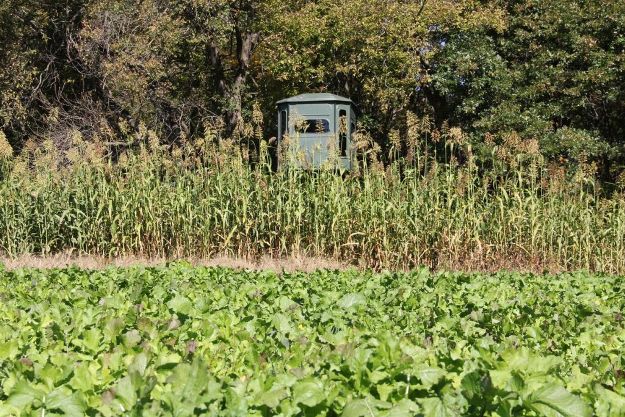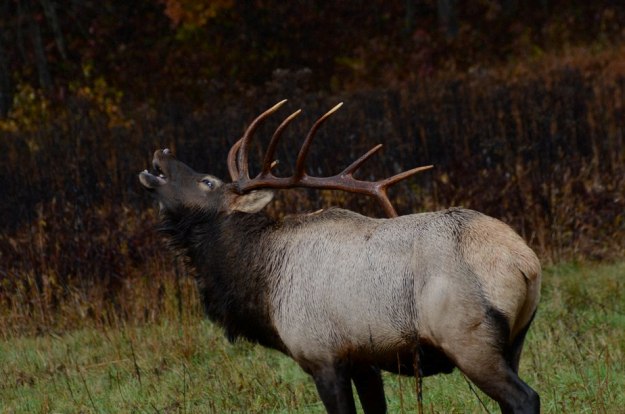
Have you ever had a really nice food plot that the deer just didn’t seem to use that much, especially during the daylight? One really easy way to encourage whitetails to use a food source is making them feel safe by planting a food plot screen like BioLogic Blind Spot. The older age class of both bucks and does can be really shy of big, open fields or food plots that are void of close cover. Here are a few suggestions you can try to make your food plots as effective as possible.
1. Creating screens for increased daylight activity
Create a screen around the perimeter of the plot or areas that allow the plot to be seen by a road or neighbors. We have seen great results from using tall growing blends like Blind Spot to create a transition zone from woods and thickets where the deer are coming from and the food plot. Planting a screen around the field can really help the deer have a better feeling of security and encourage daytime use. If you have plots that are easily seen by a neighboring property or public road, plant a screen to shield the view. You’ll be amazed how the deer know when they can’t be seen.
2. Hide your stand approach with tall varieties
Use blends like Blind Spot or Whistle Back to create a hidden path to your stand. We have all had one of those stands that was in a great spot for an afternoon hunt, but almost impossible to get to without being spotted. The 8-12 ft tall variety of sorghum in Blind Spot can make a great covered path to get you to your stand unnoticed. Just a tractor width wide planting is all it takes.
3. Be creative with cover
Use these tall growing blends to funnel deer to a corner food plot or make them walk right by your stand for that up close archery shot. When deer have good tall cover to walk through, they feel safe and are more likely to use your connected plots during daylight.
Make sure to get these blends planted with enough time to grow to full maturity. These sorghum, millet, and Egyptian wheat seeds need a good 80-90 days of growth to reach full height and maturity. If you wait till a month before the season starts to think about planting, you’ll be too late. For more great food plot tips check out Ten Tips from Food Plot Experts.
This tip is courtesy of the GameKeepers Field Notes, a weekly wildlife and land management email newsletter produced by the Mossy Oak GameKeepers.
A GameKeeper by definition is someone who truly loves AND lives the land, the critters and nature…not just during hunting season but all the time. A GameKeeper wants to be outdoors every day and work the dirt while living their personal “obsession”.
Find out more about what makes a GameKeeper by visiting our website.































